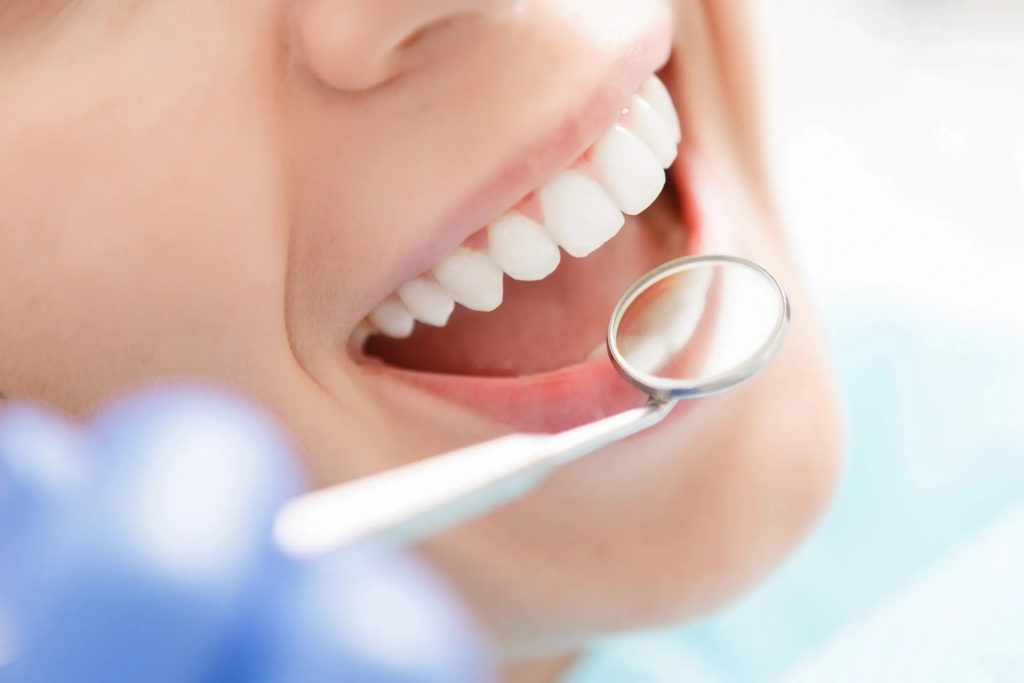In recent years, the field of aesthetic dentistry has witnessed remarkable innovations that have transformed the landscape of dental care, providing patients with more personalized, efficient, and aesthetically pleasing solutions. One notable advancement is the integration of digital technology in treatment planning and execution. Computer-Aided Design and Computer-Aided Manufacturing CAD/CAM systems have become integral tools, allowing for precise customization of dental restorations such as crowns, veneers, and bridges. This not only enhances the accuracy of the fit but also significantly reduces the turnaround time for patients, as traditional methods involving multiple appointments and laboratory work are streamlined. The advent of 3D printing has further revolutionized the fabrication of dental prosthetics, enabling the creation of intricate and patient-specific designs with greater efficiency. In addition to technological advancements, biomimicry has emerged as a key principle in aesthetic dentistry. Dentists now strive to mimic the natural appearance and function of teeth, ensuring that restorations seamlessly blend with the patient’s smile. This approach involves the use of materials that closely replicate the optical properties of natural teeth, such as zirconia and lithium dislocate.

These materials not only provide durability and strength but also exhibit lifelike translucency, enabling restorations to mimic the play of light in natural teeth. This focus on biomimicry extends to the texture and surface finish of restorations, ensuring a realistic look and feel that enhances overall patient satisfaction. Another noteworthy trend in aesthetic dentistry is the increasing popularity of minimally invasive procedures. With the advent of adhesive dentistry and improvements in bonding agents, dentists can now preserve more natural tooth structure while achieving optimal aesthetic results. This departure from traditional invasive techniques benefits patients by reducing discomfort, promoting faster healing, and preserving the integrity of their natural teeth. Additionally, the emphasis on minimally invasive approaches aligns with the growing awareness of preventive and conservative dental care, contributing to the overall well-being of patients. Furthermore, the demand for orthodontic solutions that address misalignment issues has driven innovations in clear aligner technology.
Traditional braces are being increasingly replaced by clear aligners, which offer a more discreet and comfortable option for patients seeking orthodontic treatment. Arturo Arciniega Advanced digital imaging and computer algorithms allow for precise treatment planning, enabling the gradual and controlled movement of teeth. This approach not only improves the aesthetics of the smile but also enhances the overall patient experience throughout the orthodontic journey. As patient expectations continue to evolve, aesthetic dentistry is also witnessing a surge in the integration of facial aesthetics into treatment planning. Dentists now consider the harmonious relationship between the teeth, lips, and surrounding facial features to achieve comprehensive aesthetic outcomes. This holistic approach involves a combination of dental and facial rejuvenation procedures, such as lip enhancements and Botox injections, to achieve a more balanced and youthful appearance. In conclusion, the field of aesthetic dentistry is undergoing a transformative phase, driven by technological innovations, biomimicry, a shift towards minimally invasive procedures, advancements in clear aligner technology, and a holistic approach to facial aesthetics.
